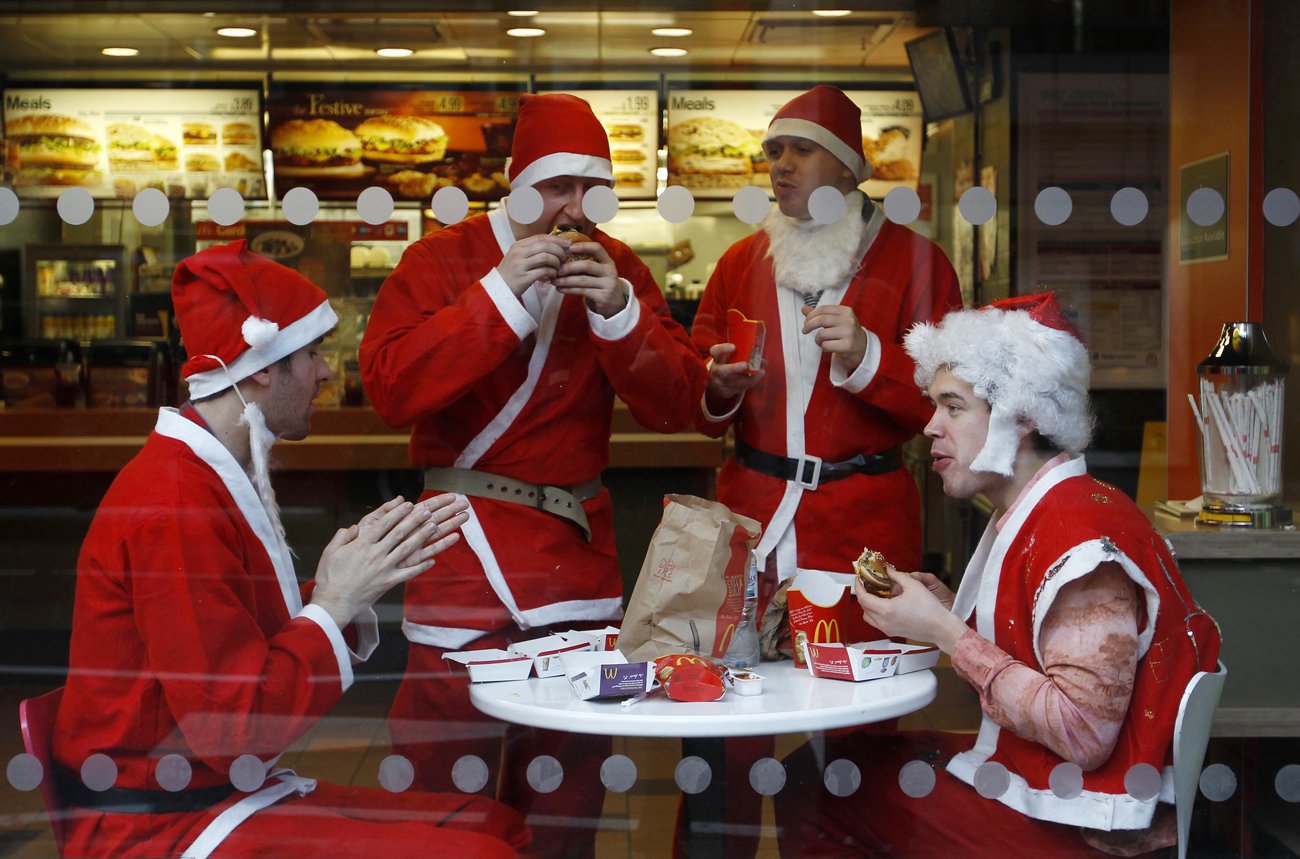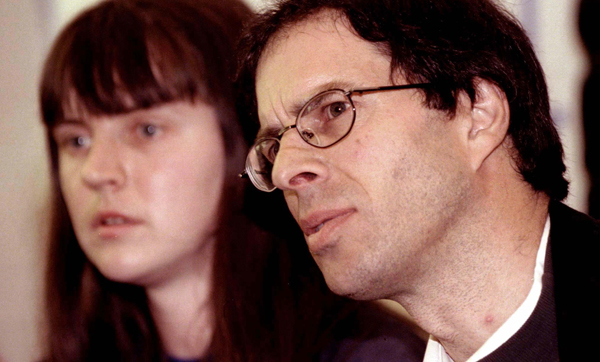On 15 May 1940, when Richard and Maurice McDonald opened up a “drive-in” diner in San Bernardino, California, the world was an easier place to do business. Remember, it was a time when doctors were used in tobacco advertising to proclaim that smoking toasted cigarettes was much better for your throat.
The McDonald brothers became successful in this naïve consumer culture largely because of their focus on speed. There’s a popular misconception that McDonald’s pioneered fast food, which is easy to appreciate, given the brand’s ubiquity.
McDonald’s didn’t invent fast food, they just used took an existing idea and made it better. The honour of bringing fast food to the world belongs to White Castle, a US burger chain founded in the 1920’s that recreated restaurant kitchens as food assembly lines and standardised methods so consumers could enjoy product predictability regardless of which outlet they visited.
In 1948 the McDonald brothers made the assembly line their own with the “Speedee Service System”, which was quite a gamble at the time. The brothers shut shop, simplified their menu and looked to the motor industry for assembly line clues on how to become smarter, faster and more standardised.
The result was so successful the brothers went through a boom and had to buy more equipment to make food faster. That’s how they met Ray Kroc, who bought into the fast-food dream and opened the first McDonald’s in Illinois. Kroc then persuaded the brothers to hire him as their franchise agent and, in a bizarre deal, they agreed to license the McDonald’s name to Kroc in exchange for a percentage of franchise sales.

Photo: Ray Kroc in front of his first store in Des Plaines, Illinois.
Relations soon soured and by the early sixties Kroc had bought the brothers out and set his sights on global domination. Kroc was obsessed with standardisation and a McDonald’s mantra that stressed quality, service, cleanliness and value. Kroc famously said: “If I had a brick for every time I’ve repeated the phrase ‘Quality, Service, Cleanliness and Value’, I think I’d probably be able to bridge the Atlantic Ocean with them.” Together with Kroc’s understanding of convenience – that people just wanted an easy meal instead of a dining experience – uniform standards drove McDonald’s’ massive growth.
And today's figures are astounding: McDonald’s has some 31,000 outlets in 119 countries across the world and serves some 47 million people every day. But McDonald’s’ growth and resulting omnipresence is a double-edged sword. The ubiquity that made McDonald’s one of the world’s most recognised brands also made the golden arches synonymous with American imperialism, globalisation, obesity, factory farming and menial labour. The fast food giant’s growth has come at huge cost.
Watch: Fast Food Nation trailer
type="application/x-shockwave-flash">





